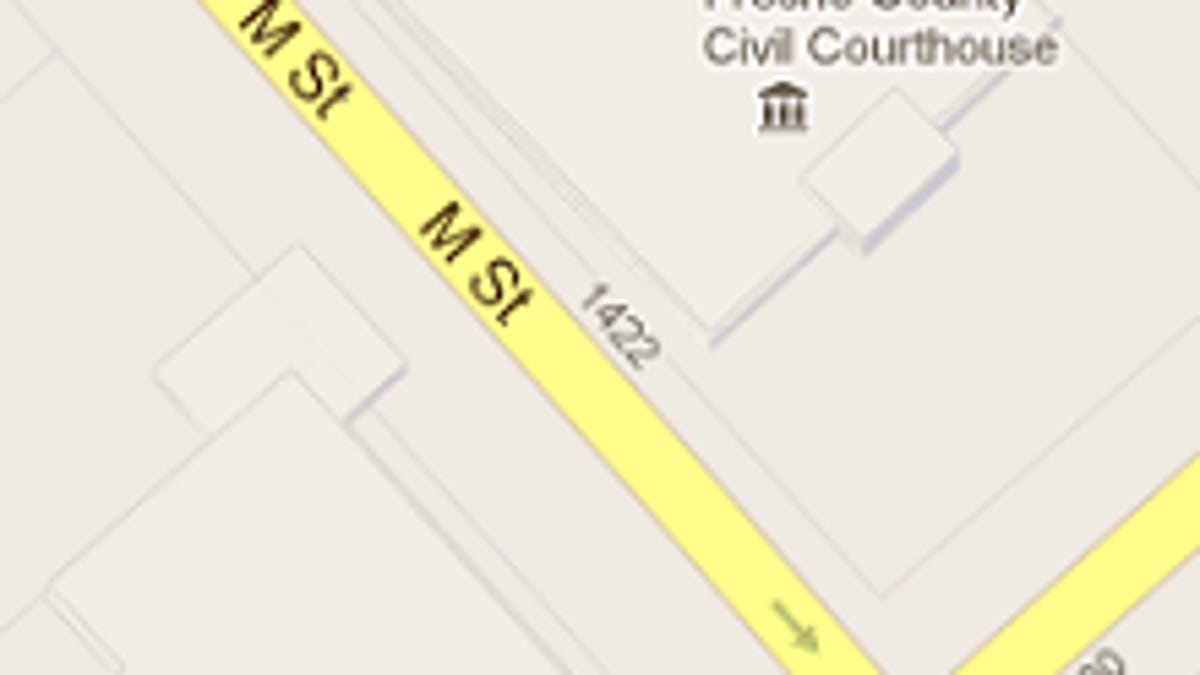California court: Hands on the wheel, not on your maps app
In the Golden State, fiddling with your mapping app while driving is just as bad -- and illegal -- as typing out a text message or holding your phone to your ear, a judge rules.

Drivers who use mapping software on their phones to find out where they're going may not be paying enough heed to where they're going.
At least that's one way of characterizing a recent ruling by a California court.
Issued late last month and made more widely known by a tweet today from law professor Orin Kerr, the ruling says handling a cell phone while driving, even if "solely for its map application," is every bit as illegal in the Golden State as holding the phone to your ear while talking, or using your thumb (or other digits) to text.
A man cited under Section 23123 of the California Vehicle Code had argued on appeal that the section's language implied its application was limited to drivers who hold a cell phone while using it to converse. And since the defendant wasn't conversing, but was simply using mapping software, he shouldn't have been subject to a ticket.
Section 23123 says, "a person shall not drive a motor vehicle while using a wireless telephone unless that telephone is specifically designed and configured to allow hands-free listening and talking, and is used in that manner while driving."
But Judge W. Kent Hamlin of the Superior Court of California, County of Fresno, wrote in his ruling that:
Our review of the statute's plain language leads us to conclude that the primary evil sought to be avoided is the distraction the driver faces when using his or her hands to operate the phone. That distraction would be present whether the wireless telephone was being used as a telephone, a GPS navigator, a clock, or a device for sending and receiving text messages and e-mails.
Further, Hamlin said the court had, as was its right, reviewed prior versions of the statute to clarify the law's intent, and he quoted State Assembly analysis of the legislation when he wrote that the law is aimed at distractions:
...specifically including "the physical distraction a motorist encounters when either picking up the phone, punching the number keypad, holding the phone up to his or her ear to converse, or pushing a button to end a call." That distraction would be present whether the phone is used for carrying on a conversation or for some other purpose.
The defendant also argued that a later update to the vehicle code, Section 23123.5, geared toward texting on an "electronic wireless communications device," also suggested that the earlier section was limited to cell phone conversations -- otherwise why add a statute about texting? The court ruled, however, that the later statute was meant to expand the regulations to rope in more-recent devices -- smartphones and the like -- and that the original statute had still been "designed to prohibit the 'hands-on' use of the phone while driving, without limitation."
Some, of course, have argued that electronic devices are no more distracting while driving than a truckload of other things. (CNET's Maggie Reardon made this point way back in 2007 -- referencing, among other things, screaming babies and dropped pacifiers). The ruling acknowledges this position but adds that it's a matter for lawmakers and not the courts:
It may be argued that the Legislature acted arbitrarily when it outlawed all "hands-on" use of a wireless telephone while driving, even though the legal use of one's hands to operate myriad other devices poses just as great a risk to the safety of other motorists. It may also be argued that prohibiting driving while using "electronic wireless communications devices" for texting and e-mailing, while acknowledging and failing to prohibit perhaps even more distracting uses of the same devices, is equally illogical and arbitrary. Both arguments should be addressed to the Legislature in support of additional legislation barring any use of those other devices in other than a hands-free manner, or in support of a repeal or amendment of section 23123 to allow the "hands-on" use of wireless telephones for other purposes while driving.
The bottom line for now? If you're driving in California, watch where you -- and your hands -- are going.

